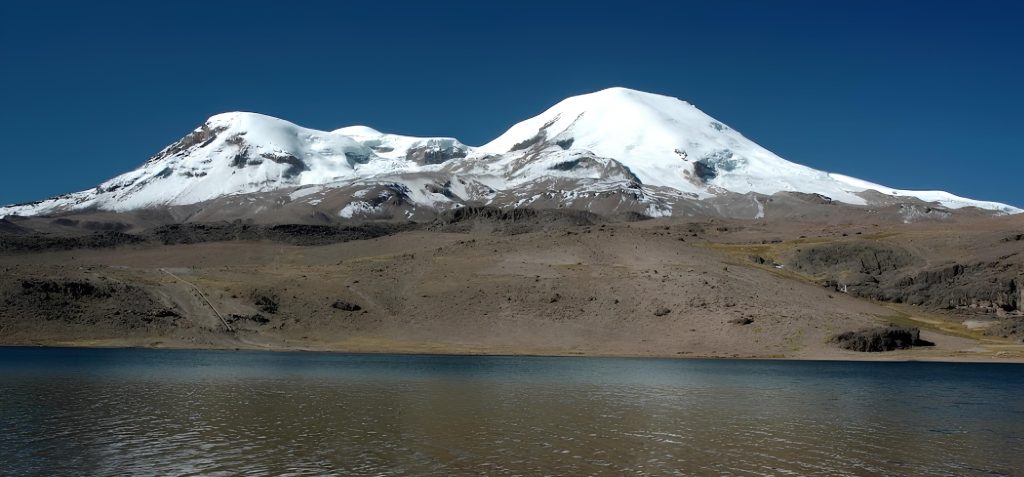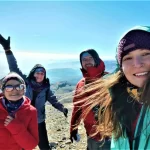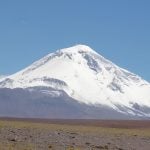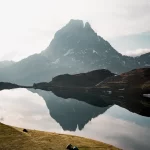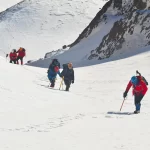Mount Coropuna : A Climbing Guide to Peru’s Highest Volcano
Coropuna is the highest volcanic mountain in Peru, located in the southern Andes. With an elevation of 6,425 meters, it is the country’s largest volcanic mass and stands out with its permanently snow-covered summit. The mountain is situated in the Arequipa region and is a popular climbing destination for both professional mountaineers and adventure seekers. Mount Coropuna : A Climbing Guide to Peru’s Highest Volcano
Get to Coropuna
The nearest major city to Coropuna is Arequipa. From there, travelers can reach the climbing starting points, approximately 200 km away, by private vehicle or local tours. The journey is typically made via Cotahuasi Canyon or Chuquibamba.
Climbing Routes on Coropuna
There are several different routes for climbing Coropuna. The most commonly used route is the northeastern route, as it is more accessible and technically easier. The starting point is usually around 5,000 meters, and reaching the summit can take 2-3 days.
Popular Routes:
- Northeastern Route: The most preferred and safest path
- Southern Route: More technical and suitable for experienced climbers
Best Time for Climbing
The best period to climb Coropuna is from May to September. This season corresponds to the dry season, making weather conditions more stable and safer. During the rainy season (October – April), heavy snow and avalanche risks make climbing hazardous.
Altitude Sickness and Precautions
Due to Coropuna’s high altitude, altitude sickness is a significant risk. Symptoms of Acute Mountain Sickness (AMS) include headaches, nausea, and fatigue. To acclimatize properly:
- Spend a few days in Arequipa or Cotahuasi before ascending
- Drink plenty of water and avoid strenuous activities
- Climb gradually at a slow pace
Permit Required for Climbing Coropuna
No special permit is required to climb Coropuna, but in some areas, it may be necessary to communicate with local communities. Guided climbs are recommended, especially for inexperienced climbers.
Campsites on Coropuna Mountain
Climbers usually camp at the High Camp, which is located at about 5,500 meters. This site serves as an ideal location for the final push to the summit.
Geological and Cultural Significance of Coropuna
Coropuna is not just a mountain; it is also a sacred site for ancient Incan culture. Incan ruins can be found at the base of the mountain, and some areas still hold religious significance for local communities.
Conclusion
Coropuna offers a unique climbing experience for both experienced mountaineers and adventure enthusiasts. With a well-planned route, the right equipment, and proper physical preparation, reaching this impressive summit is achievable. If you’re planning to climb Peru’s highest volcano, this guide is perfect for you!
How difficult is it to climb Coropuna?
Coropuna is considered a moderate-to-difficult climb, depending on the route taken. The northeastern route is the easiest, while the southern route requires more technical skills.
Do I need a guide to climb Coropuna?
While it is possible to climb Coropuna independently, hiring a guide is highly recommended, especially for those unfamiliar with high-altitude climbs.
What is the average time required to reach the summit?
Most climbers take around 2-3 days to reach the summit, including time for acclimatization.
Are there any wildlife or natural hazards to be aware of?
The main hazards are extreme weather conditions, altitude sickness, and crevasses on the glacier. Wildlife is minimal, but you may encounter Andean foxes or condors.
What is the temperature like on Coropuna?
Temperatures can drop below -20°C at higher altitudes, especially at night. Proper cold-weather gear is essential.
Can I climb Coropuna year-round?
Technically, yes, but the best climbing season is from May to September. The rainy season (October to April) increases avalanche risks and makes the climb more dangerous.
What physical preparation is needed for Coropuna?
Good physical fitness is required. Climbers should train for endurance, strength, and high-altitude acclimatization before attempting the climb.
Are there any nearby attractions to visit after climbing Coropuna?
Yes! Nearby attractions include the Cotahuasi Canyon, Colca Canyon, and the historic city of Arequipa, all offering incredible landscapes and cultural experiences.

